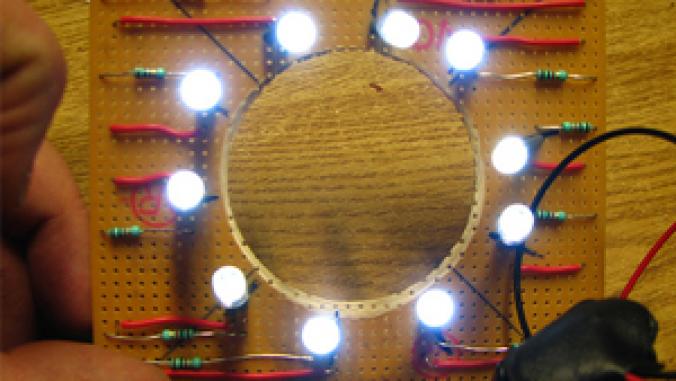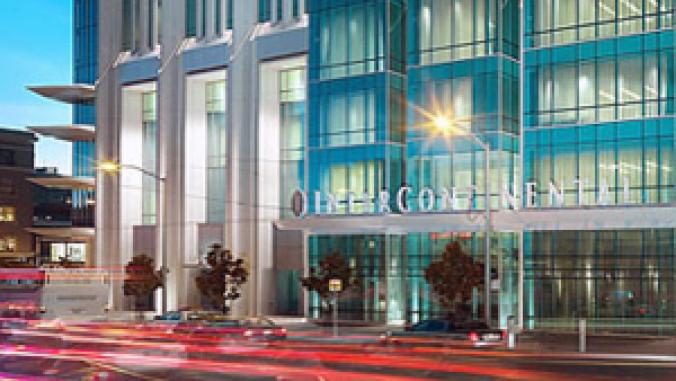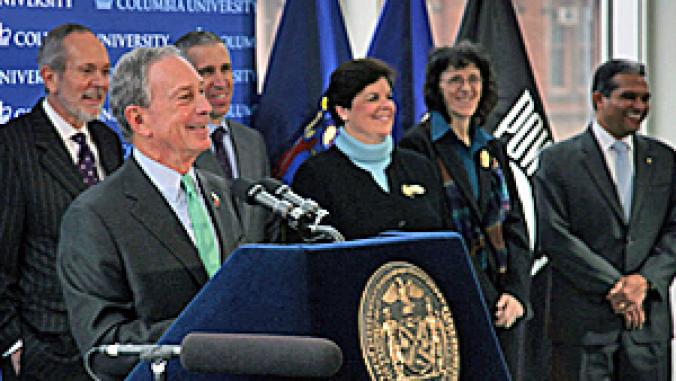USGBC to Boost LEED Energy Performance Standards
As part of the U.S. Green Building Council's Climate Change Agenda, the group's membership have overwhelmingly voted to approve a 14 percent increase the requirements for energy performance within the LEED standards.
As part of the U.S. Green Building Council's Climate Change Agenda, the group's membership have overwhelmingly voted to approve a 14 percent increase the requirements for energy performance within the LEED standards.
The change will require all LEED certified projects to achieve at least two "Optimize Energy Performance" points, which will improve the energy performance of all LEED certified green buildings by 14 percent for new construction and 7 percent for existing buildings.
Buildings are an important part of overall climate change strategies because their energy use, water consumption and operations generate nearly 40 percent of CO2 emissions in the U.S.
"Improving energy performance will immediately increase the LEED Green Building Rating System's impact in reducing building energy related greenhouse gas emissions," said Tom Hicks, Vice President of USGBC.
The change is effective immediately, and the Council estimates that it will reduce the environmental and economic impacts associated with excessive energy use and maximize energy performance of buildings through cost effective energy efficiency measures. In order to help projects meet the new requirements, the USGBC is developing a prescriptive compliance path for use as an alternative to energy modeling.
This change follows the passage last November of an eight-point agenda by USGBC leaders to address climate change and buildings. "Each of the eight specific actions will have an immediate and measurable impact on C02 reduction," said Rick Fedrizzi, USGBC President. "When implemented in concert, they comprise a powerful leadership initiative that sets a high bar for the building industry."
The eight actions in the agenda are:
The change will require all LEED certified projects to achieve at least two "Optimize Energy Performance" points, which will improve the energy performance of all LEED certified green buildings by 14 percent for new construction and 7 percent for existing buildings.
Buildings are an important part of overall climate change strategies because their energy use, water consumption and operations generate nearly 40 percent of CO2 emissions in the U.S.
"Improving energy performance will immediately increase the LEED Green Building Rating System's impact in reducing building energy related greenhouse gas emissions," said Tom Hicks, Vice President of USGBC.
The change is effective immediately, and the Council estimates that it will reduce the environmental and economic impacts associated with excessive energy use and maximize energy performance of buildings through cost effective energy efficiency measures. In order to help projects meet the new requirements, the USGBC is developing a prescriptive compliance path for use as an alternative to energy modeling.
This change follows the passage last November of an eight-point agenda by USGBC leaders to address climate change and buildings. "Each of the eight specific actions will have an immediate and measurable impact on C02 reduction," said Rick Fedrizzi, USGBC President. "When implemented in concert, they comprise a powerful leadership initiative that sets a high bar for the building industry."
The eight actions in the agenda are:
- The 50 percent CO2 reduction goal: All new commercial LEED projects are required to reduce CO2 emissions by 50 percent when compared to current emission levels.
- Increased energy reduction prerequisites in LEED: All LEED projects must achieve at least two energy and optimization credits.
- Implementation of a carbon dioxide offset program
- Continuous process improvement incentives: All LEED for new construction and Core and Shell buildings that reach certification will automatically (at no cost) be registered for LEED for Existing Buildings.
- Pushing the envelop on performance: certification fees rebates for Platinum buildings
- A carbon-neutral USGBC: By the end of 2007, USGBC as an organization will be 100 percent carbon neutral.
- Portfolio Performance Program: The long-term goal of this program is to recognize companies for high environmental performance across their portfolios.
- Carbon Reduction Education, and a Challenge to the Industry: USGBC will be launching an important new educational program designed specifically to help industry professionals gain the knowledge they need to apply design and construction practices that are energy efficient and have immediate and measurable impact on CO2 emissions
- In addition, by 2010, there will be 100,000 LEED certified commercial buildings and one million certified homes. By 2020, there will be one million LEED certified commercial buildings and ten million certified homes.




